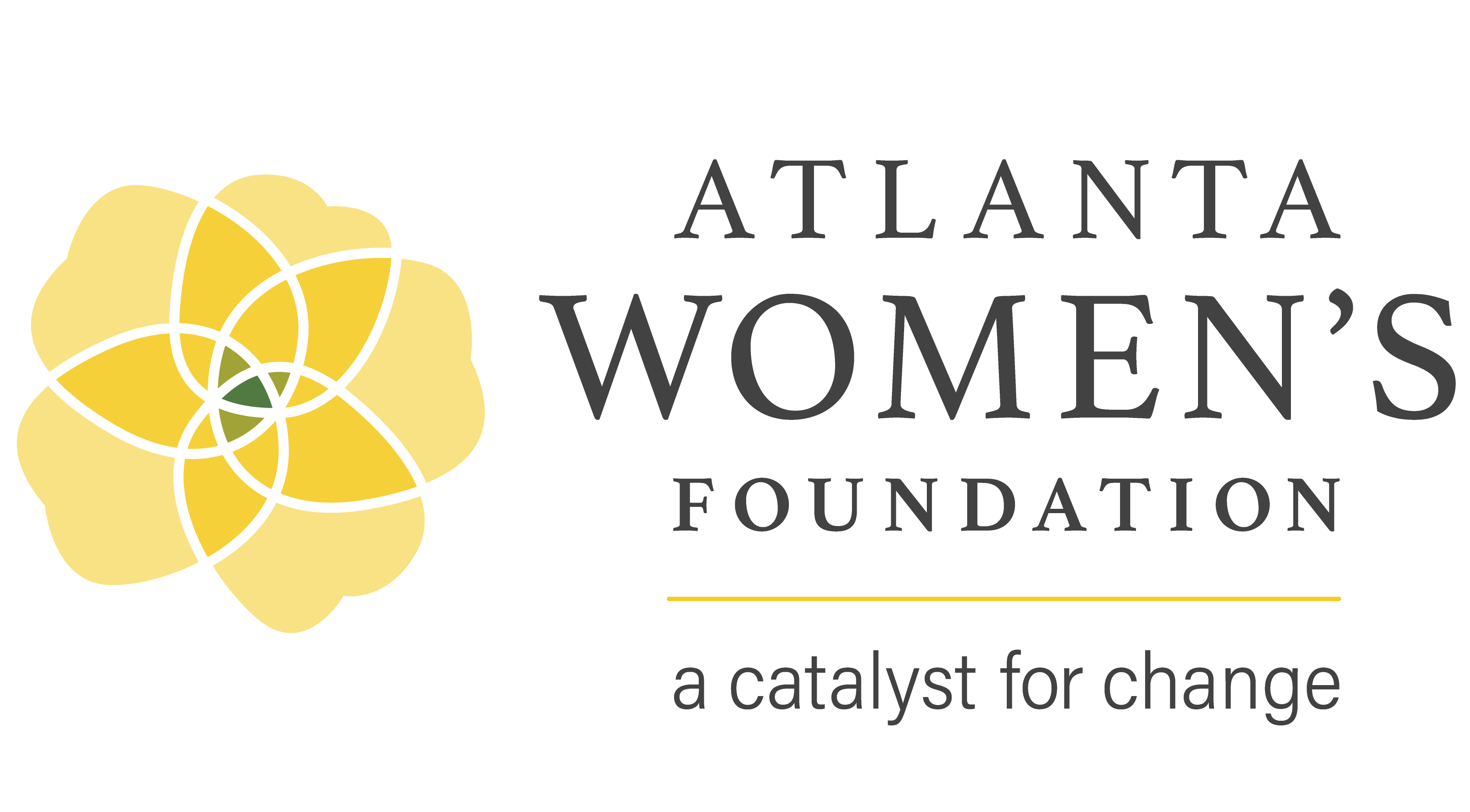Asset Building Key to Breaking the Cycle of Poverty
As April is National Financial Literacy Month, we want to talk asset building, as an aspect of financial literacy, and the critical role it plays in helping low-income women become economically self-sufficient. In the five-country metro Atlanta area, there are 320,000 women and girls living in poverty, who lack sufficient resources to avoid living paycheck to paycheck let alone have the opportunity to build long-term wealth.
According to the 2018 United States Federal Poverty Guidelines, a family of 3 living at 200% of the poverty line earns $41,560 annually or only $866 per week. At this income level or lower, there is no opportunity develop assets and build wealth, leading to growing income gap. This is why asset building is critical to decreasing the growing income gap in the United States.
Why is asset building for women particularly important? Because poverty falls inordinately on women.The National Women’s Law Center (NWLC) reports that women are 35% more likely to live in poverty than men. The burden of caring for family and children also falls predominantly on women, which can create a generational cycle of poverty.
Assets are necessary for building economic security and include such examples as a savings account, business ownership, education, and health — basically any resource that allows a woman to build wealth, which helps her to achieve economic stability. Asset building is a strategy that emerged in the early 1990’s and highlights how income alone is insufficient to achieve prosperity.
As Asset Funders Network explains, “Without assets, people just make ends meet, living paycheck to paycheck. With assets, people can:
- Remain stable through financial emergencies.
- Stay in their homes and neighborhoods.
- Use their good credit to secure a mortgage.
- Pursue higher education for themselves or their children.
- Take risks that result in a better job or starting a business.
- Save for retirement.”
Asset building allows an individual or family to develop stability and not live in crisis mode or on the verge of crisis mode. It also enables a family to transfer their resources from one generation to another, which is a key determinant in breaking the cycle of poverty. According to the Corporation for Enterprise Development (CFED), one in four children are born into families that have insignificant savings that hinder their outlook in life when it comes to financial emergencies or future investments.
The Atlanta Women’s Foundation goal is to break barriers and build women. One way we do this is by supporting organizations through grants that improve the lives of economically vulnerable women and girls in metro Atlanta.
Recently, we launched a new grant program called Breaking Barriers, Building Women: Economic Empowerment Program, which will allow AWF to award a total of $1 million over two years to eight local nonprofit organizations, focusing on higher education and asset building for low-income women in Clayton, Cobb, DeKalb, Gwinnett, and Fulton counties. We know, and our research has shown, that while employment is important for low-income women, to truly break the cycle of poverty, women and their families need the opportunity to build wealth and assets building is the key.
